
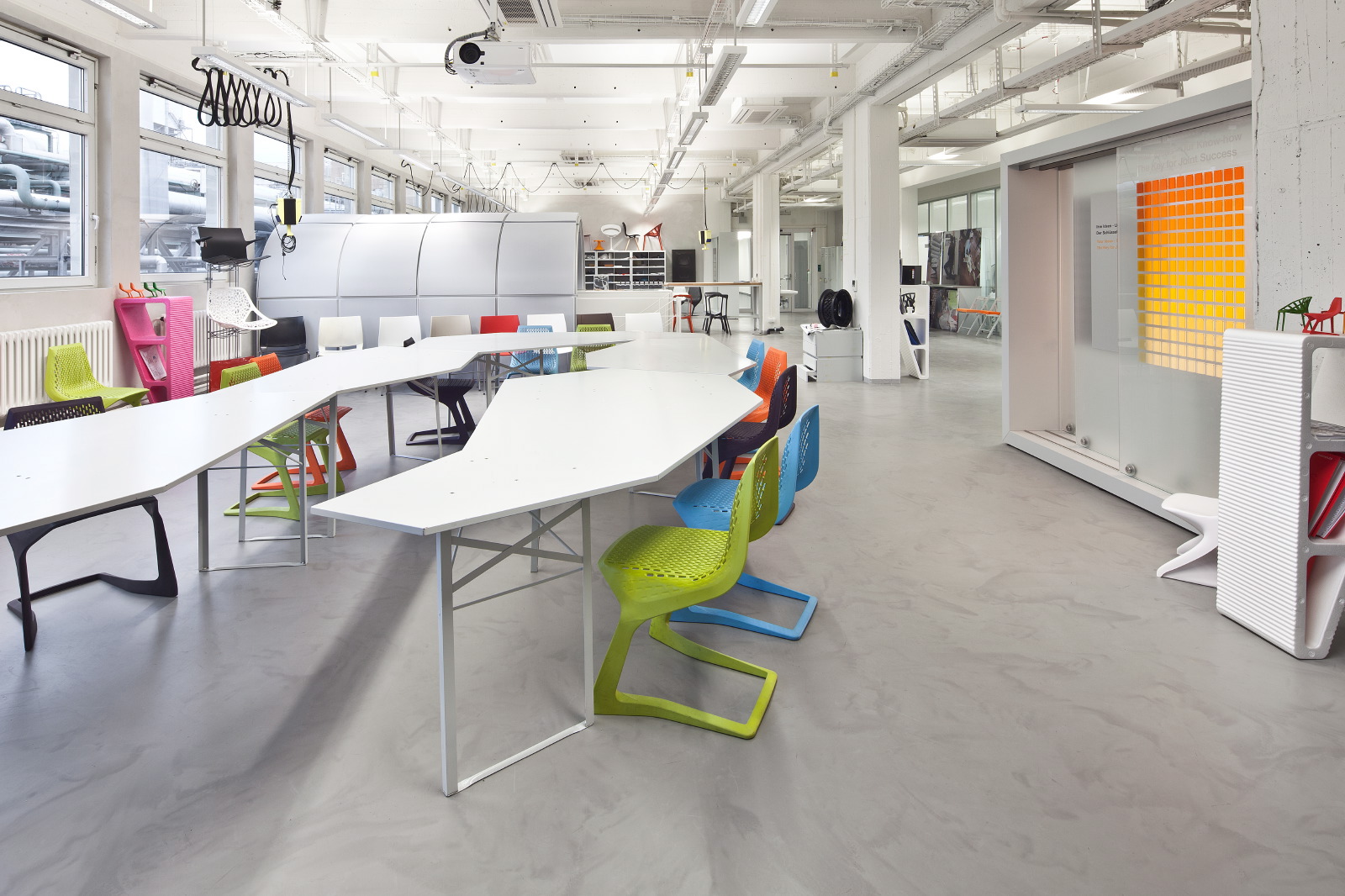
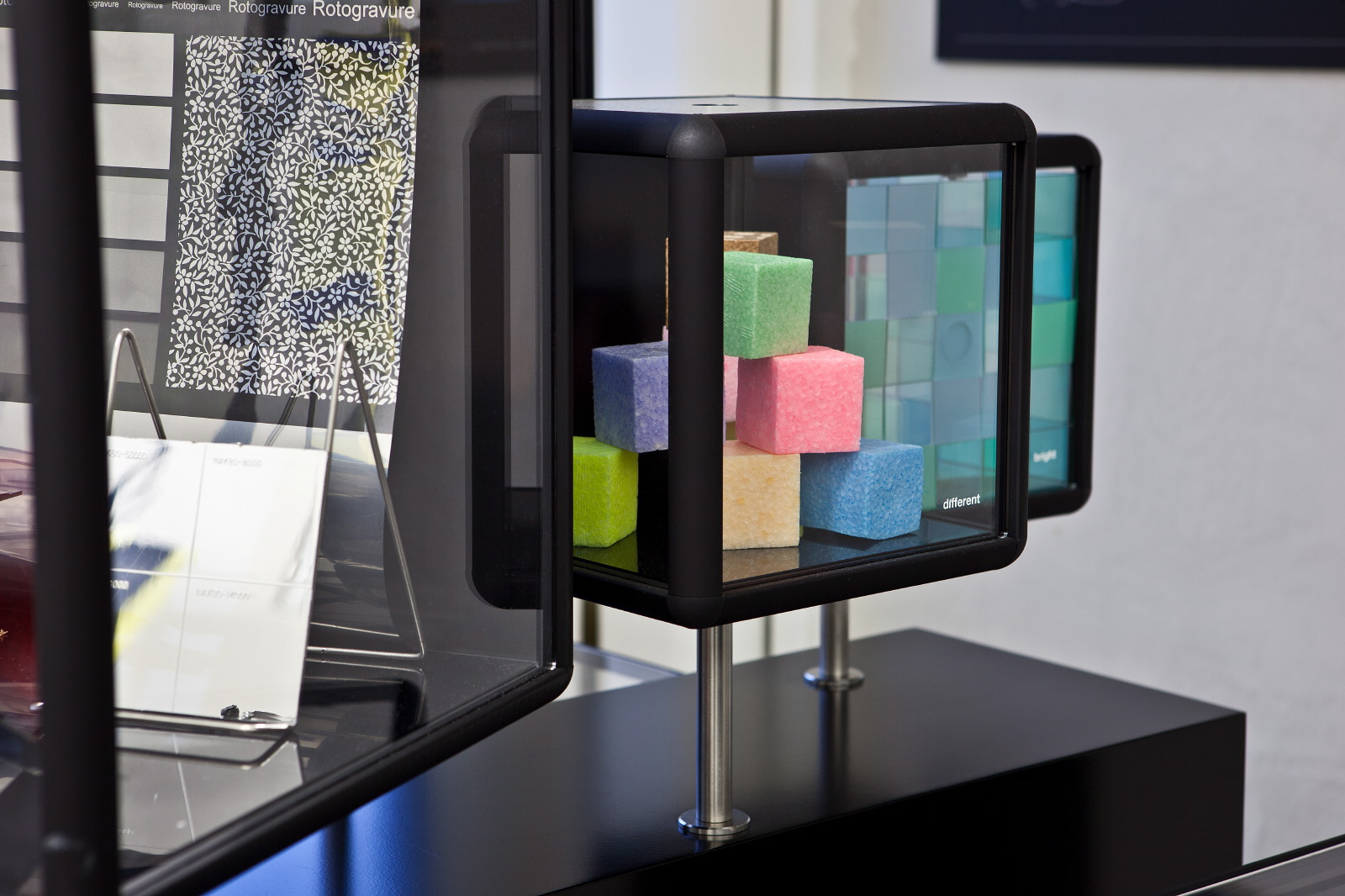
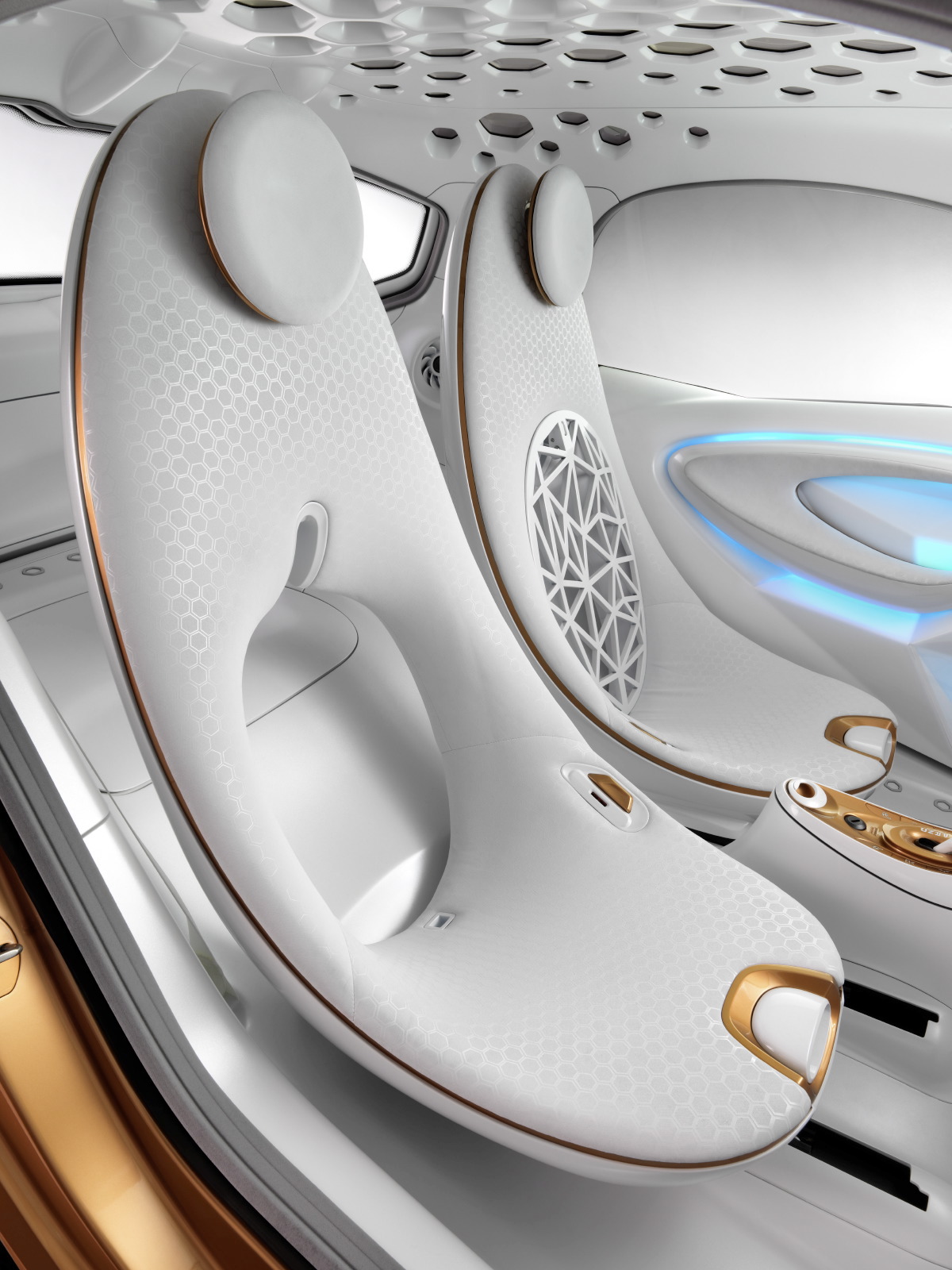
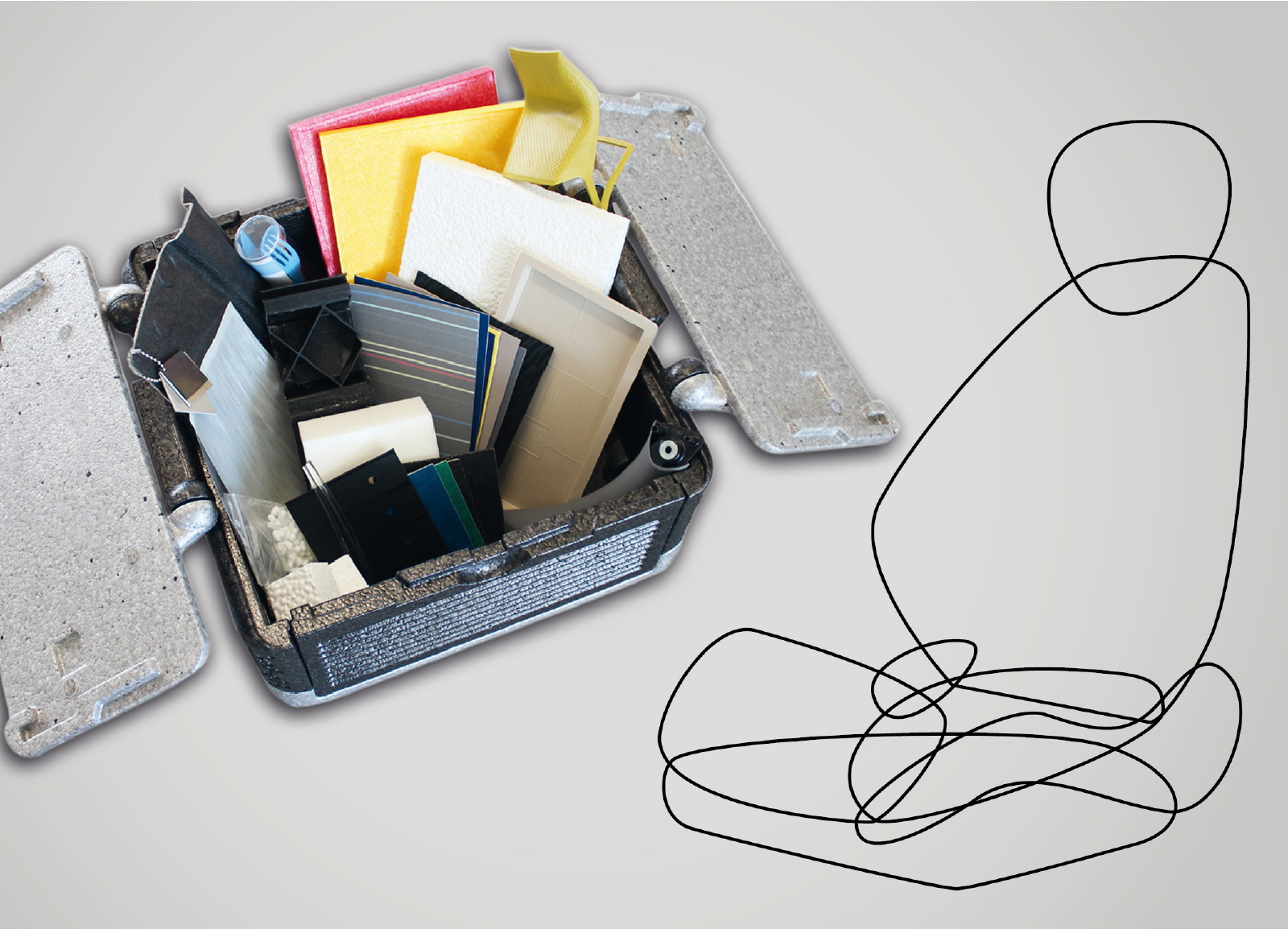
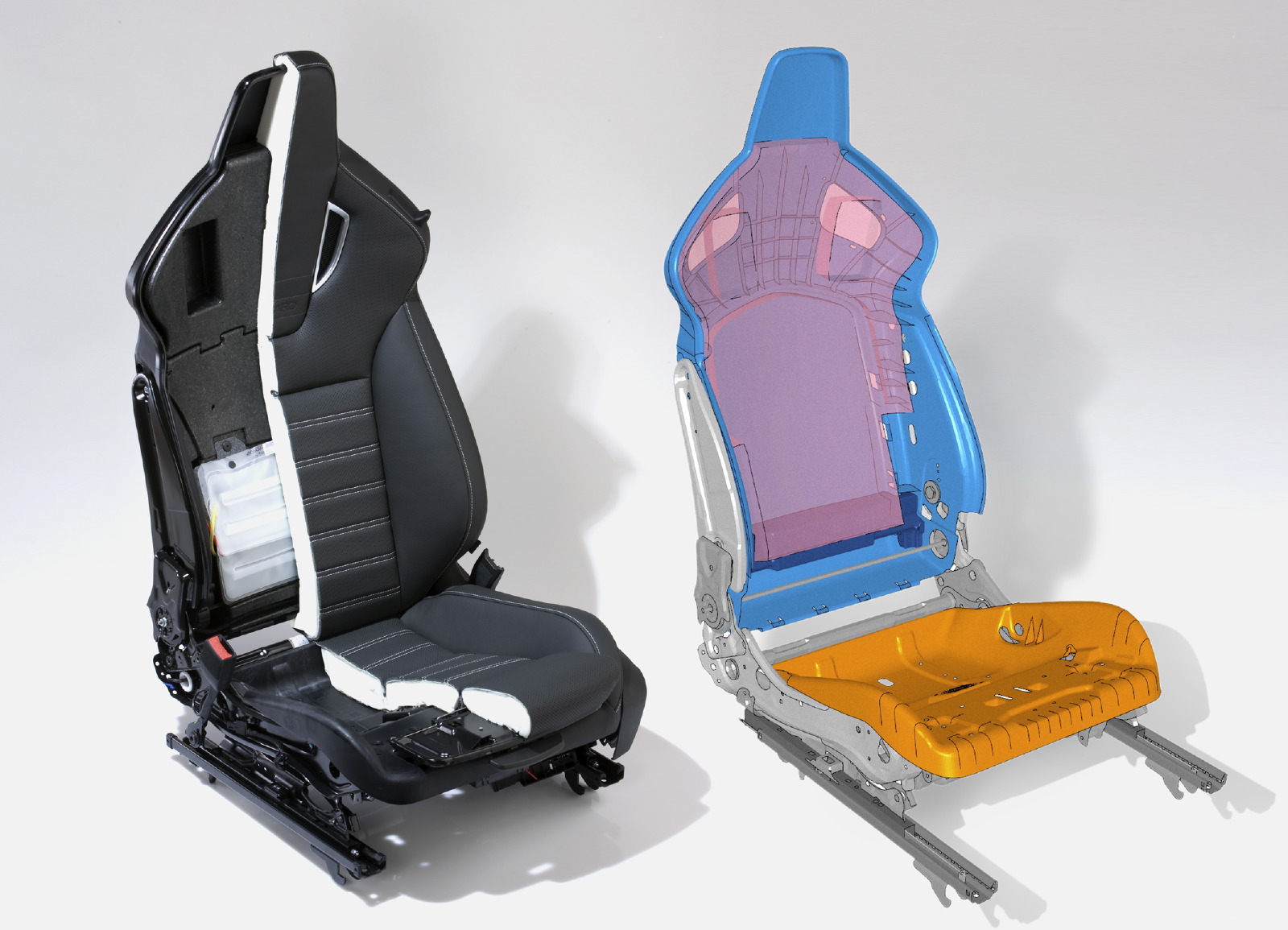
BASF design contest ‘sit down. move.'
Contest type seat design
Launched 26 September 2012
Deadline for entries 30 January 2013
Contest coordinators Eva Höfli & Jordan Kurikov
Headquarters Ludwigshafen, Germany
Contact sitdownmove@basf.com
Website www.designfabrik.basf.com/sitdownmove
In September 2012, BASF's Global Competence Seating Team and its ‘designfabrik' studio launched a seating design contest called ‘sit down. move'.
Entries must be received by 30th January 2013, and will be judged by senior BASF Seat Team members as well as renowned industrial designer Konstantin Grcic, former Pininfarina design boss Ken Okuyama, and automotive interior designer Dave Lyon.
The global winner will receive a cash prize of €6,000, while the two local winners will be awarded €3,000 each. "This is the first time that we've had a big, global design competition, which demonstrates that BASF is now more open to design," says BASF designer and contest coordinator Eva Höfli.
"What we really want to see from the entries is nice, creative, innovative ideas of what to do with our material portfolio - ideas for new seating applications that we didn't have before."
The materials open for use are shown in picture one: ‘Catamold' binder technology for powder injection-molding; ‘Acrodur' aqueous dispersion; ‘Steron' transfer coating technology; E-TPU expanded thermoplastic polyurethane; ‘Elastoflex' polyurethane foams; ‘Neopolen' expanded polypropylene; ‘Elastollan' thermoplastic polyurethane; ‘Ultramid' thermoplastic for injection-molding; and a range of thermoplastic composites based on Ultramid.
As well as being documented in the ‘sit down. move.' magazine, the three winning seat designs will be built by BASF into full-scale prototypes and displayed at events and trade fairs to potential customers around the world. "That's why the brief is quite loose," explains Höfli.
"We didn't want to say to people ‘okay, design a seat for this kind of car or person', we wanted to leave it open to new ideas."
Chemical giant BASF is renowned for collaborating with major OEMs on concept vehicles, including Hyundai's HED-7 (featured in Interior Motives, Autumn 2010) and the smart forvision concept from Frankfurt 2011.
The reduction of weight and heat were core goals of the smart forvision electric city car project, which showcased a number of world firsts in the field of automotive design: transparent organic solar cells in the roof, transparent organic light-emitting diodes, all-plastic wheels, new lightweight body components and infrared-reflective films and coatings to reduce the vehicle's energy consumption. One of the highlights of the smart concept was the stunning lightweight seat design visible in this photo.
Display cases at designfabrik containing foam and plastic samples, and images exploring the structural underpinnings of the driver's seat in Opel's Insignia OPC, which combines lightweight BASF foams and plastics to provide optimal crash resistance.
Staff at BASF's designfabrik studio in Ludwigshafen, Germany, including contest coordinator Jordan Kurikov. "The main problem at BASF is that it is so huge and we have so many materials - before, designers didn't know who to contact when they had an idea about a chair or another kind of product," reveals Höfli.
"Now they can contact us and we consult with them on material choices, on the colors and the surfaces - we help them realize their product. That's how designfabrik started."
In addition to these services, BASF's Ultrasim simulation tool allows designers to predict the behavior of components in crashes and other conditions, helping shape them for maximum strength and minimum weight: the holy grail of auto design.
To find out more about the contest and how to enter visit the competition website.



































